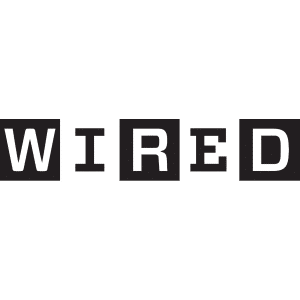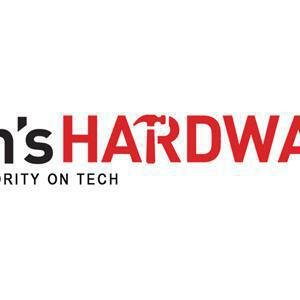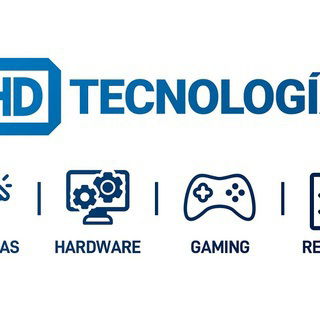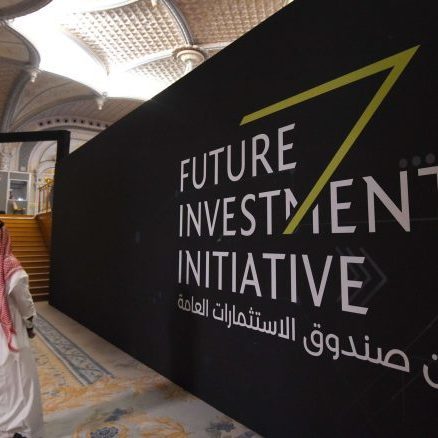The world’s second most valuable company showed off a slew of new products Monday, Jan. 6, at the world’s preeminent technology trade show. Nvidia unveiled artificial intelligence (AI) that trains robots and cars, new ultrapowerful gaming chips and its first-ever desktop computer at CES 2025 in Las Vegas.
During the company’s highly anticipated keynote address, CEO Jensen Huang showed off its new Cosmos foundation models, which are capable of creating photorealistic videos to train robots and self-driving technology.
“It is trained on 20 million hours of video,” Huang said of Nvidia Cosmos. “The 20 million hours of video focuses on physical dynamic things. It’s really about teaching the AI, not about generating creative content, but teaching the AI to understand the physical world.”
Nvidia’s new Cosmos foundation models
Cosmos can generate video that obeys the laws of physics. Nvidia said this would make it much less expensive to train systems like self-driving models, which, today, require putting cars on the road to gather video.
Nvidia also unveiled its RTX 50 series of gaming chips that use its “Blackwell” AI technology. The new line of chips looks to provide video games with even more lifelike graphics. They will range in price from $549 to $1,999. The top-of-the-line Graphics Processing Units (GPUs) will be released at the end of January.
Huang pointed out that the lower-end GPUs, priced at $549, will have the power of the previous generation’s top-of-the-line 4090 chips, which retail for at least $1,599.
Backbone of the AI revolution
Nvidia’s GeForce GPUs have been the backbone of the AI revolution in recent years. The massive demand for the chips propelled Nvidia to compete with Apple for the top spot as the world’s most valuable company. Since the start of 2023, Nvidia’s stock price has surged more than 850%.
“We used GeForce to enable artificial intelligence, and now artificial intelligence is revolutionizing GeForce,” Huang said Monday.
Nvidia also announced its first-ever desktop computer called Project DIGITS. The computer isn’t a gaming machine but rather a workstation designed for computer programmers. The machine will use the same chips that power its enterprise data center processors. The machines will let developers test their AI systems more efficiently, essentially operating as an out-of-the-box supercomputer.
“This is an AI supercomputer,” Huang said of Project DIGITS. “It runs the entire Nvidia AI stack. All of Nvidia software runs on this.”
Meanwhile, Huang announced a partnership with Toyota to use the company’s Orin chips and automotive operating system to operate its driver assistance products. The company did not announce which vehicle models would feature its hardware.













































































